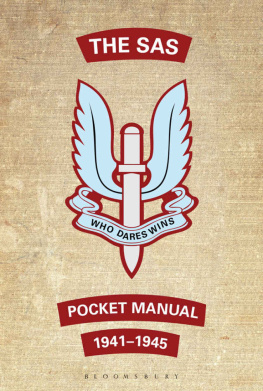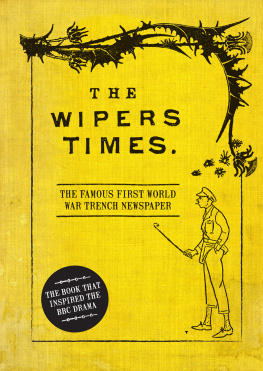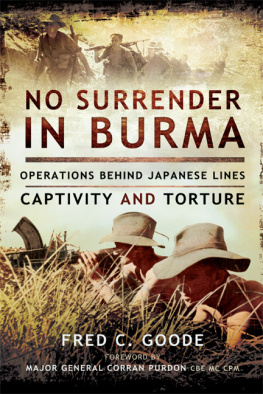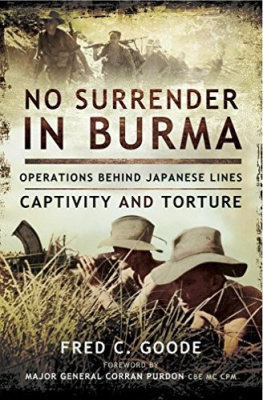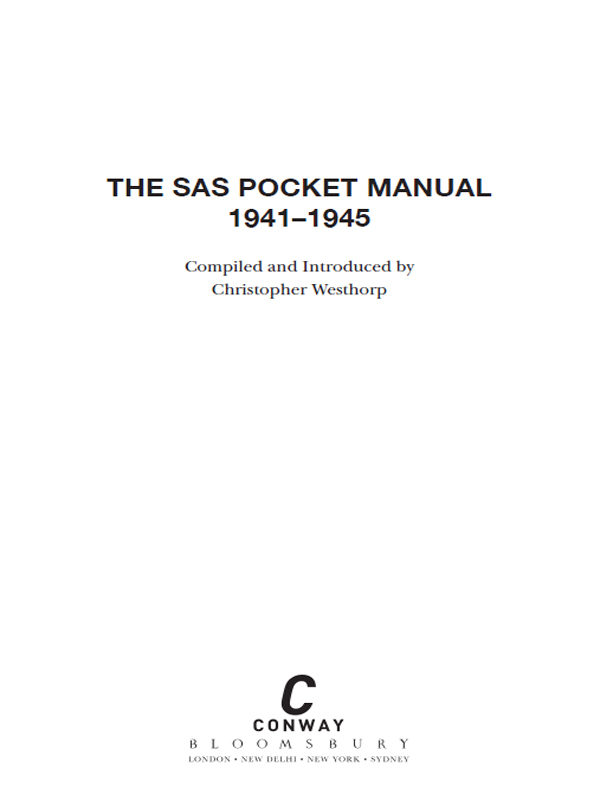CONTENTS
Who Dares Wins is arguably the most famous motto in the British Army, forming part of the insignia of what is now one of the best-known military formations in the world. At the same time as the words imply courage and derring-do, they also neatly sum up the foundation story of the regiment: a heretical proposal led to the creation of a small-force warfare unit that brilliantly anticipated the asymmetrical warfare of the post-war era.
The Special Air Service (SAS) thus arose against the odds from unorthodox channels and it was never entirely accepted by those who shared a more conventional military mind-set. Few records exist from the SASs earliest days, but this book is not a detailed regimental history; neither is it a full operational survey of the SASs exceptional war record. What follows are documents of historical interest internal memorandums, on-the-record reminiscences, training documents and contemporary manuals and journalism that have been selected because they represent essential elements of the SAS story, revealing fascinating things about important aspects of training and key pieces of equipment, as well as the experiences of personnel when putting theories into practice at the sharp end. Together, this material gives some insights into why these soldiers were to earn the name special forces.
ROOTS OF A RADICAL IDEA
Before the Second World War, experience of the so-called colonial small wars had led many military theorists to write about the effectiveness of partisan forms of warfare. Within the War Office in Whitehall, Military Intelligence (Research) or MI(R), under the leadership of Lieutenant Colonel J.F.C. Holland, was interested by the potential military value of an irregular warfare capacity as an adjunct to conventional capabilities. Lieutenant Colonel Colin McVean Gubbins was given responsibility for developing tactics and training outside orthodox British Army doctrines. Like Holland, he had experience of security operations against IRA guerrillas in Ireland, as well as a spell in Russia in 1919 working with the White Army anti-Bolshevik forces during the Russian Civil War. Gubbins duly devised a radical new set of teachings, which he distilled into three training pamphlets in collaboration with explosives expert Millis Jefferis: The Art of Guerrilla Warfare, The Partisan Leaders Handbook and How to Use High Explosives. In 1940 Gubbins raised the Independent Companies and formed the Auxiliary Units, in anticipation of the need for a resistance movement in the wake of an expected German invasion.
The Art of Guerilla Warfare set out the general principles of such a creed, placing a value on fresh ideas, ceaseless activity and the importance of using resources effectively, as well as strategies executed with audacity for making enemy-held territory ungovernable, which included sabotage as a potent part of the war effort. Such ideas were then realised through specialist units created to wage war within enemy-occupied territory. The patterns of many SAS activities in France in 1944, including linking up with local forces, were quite clearly foreshadowed in Gubbinss pamphlet. He identified 83 principles, but in only four sections, with 11 principles, have been selected as relevant here (Objectives of Guerilla Warfare, Methods and Principles, Arms and Equipment, Geographical) with several excerpts from the Conclusion.
The idea of taking the initiative through proactive warfare was an inspiration for those Allied servicemen who yearned to strike at the enemy after the Fall of France. Gubbins argued that small, well-led units using speed, stealth and surprise could be effective against superior forces, and by 1940 these strands of thought had given rise to the Commando concept. These ideas underpinned the courses at the Special Training Centre (STC) established at Lochailort and elsewhere in the western Scottish Highlands courses and centres that expanded as the war progressed.
The STC was manned by a group of military and civilian specialists who imparted their knowledge and expertise to all those who passed through: from marksmanship and weapons-handling skills to unarmed combat and demolitions. Making good use of the old boys network, one of the earliest members of the training staff was an acquaintance of Gubbins: Captain William (Bill) Stirling, who was later to become head of 2nd SAS. Stirlings younger brother, David, also trained and was briefly a fieldcraft instructor at Lochailort. The Stirling brothers, Mike Calvert (who, in 1940, produced his own pamphlet The Operations of Small Forces Behind the Enemy Lines) and others were typical of a new generation of creative military thinkers and doers, many of whom had emerged initially as Commandos before contributing to the further development of the philosophy and small-force ethos that would produce the SAS.
THE STRATEGIC VISION
A former Scots Guards officer, Lieutenant David Stirling had served with No.8 (Guards) Commando and then the ad hoc Special Service Brigade known as Layforce (Commando), where he learned to operate behind enemy lines. However, after several operational setbacks and with a deteriorating strategic position in the Mediterranean in 1941, it was decided to disband Layforce. Stirling, though, was convinced that the basic concept of Layforce remained a good one and he felt there was a strategic requirement for a different kind of versatile military formation a new, deep-penetration raiding force.
Within the vastness of the North Africa theatre, Stirling was quick to appreciate just how much havoc a group of adventurous, resourceful and highly manoeuvrable men could cause if it was on the loose within the enemys rear, at liberty to inflict a disproportionate amount of damage and immobilise thousands of enemy troops in the process. Whereas the Commandos were used (and sometimes misused) principally in tactical roles, and reliant on naval support that was not being adequately exploited, Stirling argued for a concept that was strategic and flexible. He proposed saboteur groups of just five (later four) men, to be inserted by air, land (using the Long Range Desert Group, or LRDG) or sea, who would inflict damage on enemy airfields equivalent to a Commando force 40 times larger. Or, to think of it in another way, instead of 200 men attacking one objective, 40 to 50 groups of determined men, using guile and surprise, could carry out that many destructive attacks simultaneously. The task of such a new unit was, he believed, to influence the course of the war as a whole rather than tactically affecting particular battles. Stirlings magical formula was intended to use minimum manpower to produce maximum possibilities of surprise.
Stirling appreciated that, in addition to delivery by land and sea, a practicable method of aerial insertion was a key part of his proposition. Encouraged by Brigadier Laycock, he began testing parachuting methods with his friend Jock Lewes. After one such drop Stirling found himself laid up in a Cairo hospital bed. This period of recuperation was the key moment in the development of the SAS concept, because out of it emerged a radical memorandum now existing only as he recalled it later that Stirling delivered to the Middle East Headquarters (MEHQ). Ever the maverick, he did so personally, without appointment, deliberately bypassing the official channels that he believed would snuff out the idea at gestation.
Stirling sketched a vision of a specially organised, specially equipped and specially trained unit, which could act covertly and be infiltrated (by land, sea or air) to operate behind enemy lines. Stressing the bedrock organisational principle of the (by then) four-man sub-unit (a pair of couples a dynamic that he felt was important in the forging of intense kinship bonds), and the avoidance of leadership in the top-down traditional sense, he later explained that from its outset the SAS had had some firmly held tenets from which it should never depart:

